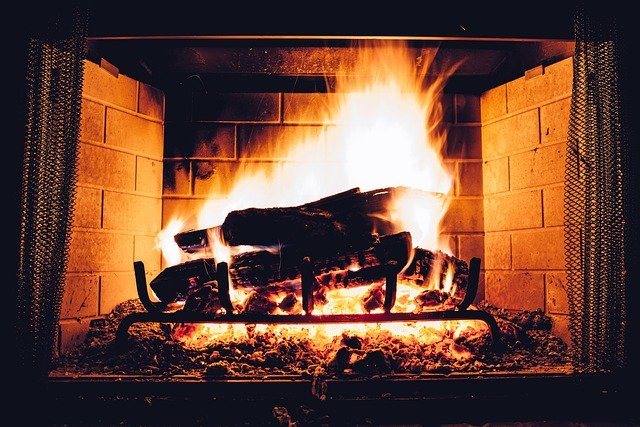Can you repair it again…or is it time to replace your furnace?
Among the many systems in our homes that we rely on, we take for granted many. This is usually because we simply expect them to do the job they are designed for with little to no intervention. One of these is the central heating system. The most popular form of a heating system involves the use of furnaces and that’s what we’re going to talk about here.
Read on to find out the three following things:
- how your furnace works
- how long it should last
- why it may need to be repaired or replaced
How a Furnace Works
A central heating furnace is actually a simple device. It burns fuel – usually gas or oil – to create heat. Next, the heated air passes through a series of ducts into the rooms throughout the home. It has thermostat to switch off when the temperature reaches the desired level and back on again when it needs to heat up. This keeps the home at a pretty regular level throughout the day and night.
Now it’s important to consider the fact the furnace is working 24 hours a day non-stop. This means it has a heavy workload, and it’s no surprise that things can go wrong. However, the average lifespan of a furnace is between 15 to 30 years, and this can be influenced by one of many factors. Maintenance is one of these, and it is highly recommended you have your furnace serviced each year. This is for safety purposes as well as to prolong its life.
Another factor that can affect a furnace’s performance is the build-up of dust and debris within the ducts. Let’s have a look at this phenomenon in more detail.
Duct Blockage Problems
The ducts that carry the warm air through your home will be of a specified size to work efficiently with your boiler. This is great when they are new, but they may become partially or – if left unattended – completely blocked by dust and debris over time. Minute particles carried on the air, dust, and other debris fall onto the ducts’ inside wall. This layer can quickly reduce the passage that the air has to get through.
The problem here is this: the furnace is still trying to push the required amount of air through a reduced gap. To do this, it needs to work harder than normal. Once it starts to work beyond its safe point, it will fail, leaving you with an expensive to replace the boiler. This is a further reason why regular maintenance – including having the ducts checked and cleared – is important if you want to get the longest service from your furnace. When to replace and when to repair? Let’s close with a look at that problem.
The Takeaway on Whether You Should Replace or Repair Your Furnace
If you have furnace problems, you need to get the experts in as this is not a DIY job. A reputable heating repairs and installations company will be able to advise you as to the state of your furnace and whether it is cost-effective to repair it or it needs to be replaced. For example, if it is 20 years old, they will likely recommend replacement as repairing such a furnace may just get you a few more years at best.
Due to the varied climate in the USA, the number of years your furnace lasts may vary, as this will influence how hard it has to work. Talk to your local furnace maintenance company and arrange for a service, and you may save a lot of money.
- Strawberry Lemonade Recipe (no added sugar) - 03/20/2025
- Barndominiums: Weighing the pros and cons - 12/30/2024
- Ginger Orange Marmalade Recipe: Sweet, Tangy, and Just a Little Spicy - 11/09/2024



